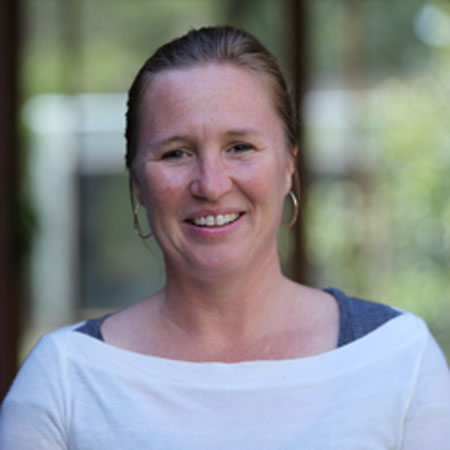I've lived in Point Reyes Station for 15 years. I love the grandeur of the Pacific coast and its commanding views. Point Reyes National Seashore has 2.5 million visitors a year. Home to a wide diversity of wildlife, this area has 150 miles of hiking trails and 80 miles of shoreline. My children play alongside these coastlines and trails. My husband is an active surfer.
Nature here is rugged and wild. Wind velocities of 60 miles per hour are not uncommon and the wild expanses of rough sea are unforgiving-I've experienced riptides, sneaker waves, and intense shore breaks. Visitors find themselves unexpectedly coping with this wildness. I witnessed a man drown at the park's North Beach. I helped pull his wife to shore.
Wallace Stegner wrote, "Something will have gone out of us as a people if we ever let the remaining wilderness be destroyed ... We simply need that wild country available to us, even if we never do more than drive to its edge and look in."
Are we getting too close to the edge? We are fortunate in this area to have access to this wild, open space. I've seen an increase in highly urbanized visitors who aren't native to this area, who are often unprepared. Recently, a hiker died at Arch Rock. Park officials posted signs at the trailhead warning hikers that a fissure had opened along the unstable bluff. Despite a small craft warning, two kayakers recently found themselves in danger on Tomales Bay. One of them died. These stories are deeply saddening and I think they could have been avoided.
We need this wild country available to us. Nature makes us feel more alive. Yet, we need to respect nature -- all of its edges, cracks, curves, and shores. These are warnings that we must tread lightly, watch from a distance, and take caution. We turn to nature to become more connected to our surroundings and ourselves. But, we have forgotten our own instincts -- our gut instincts that tell us to stay away from the edge and stay planted.
